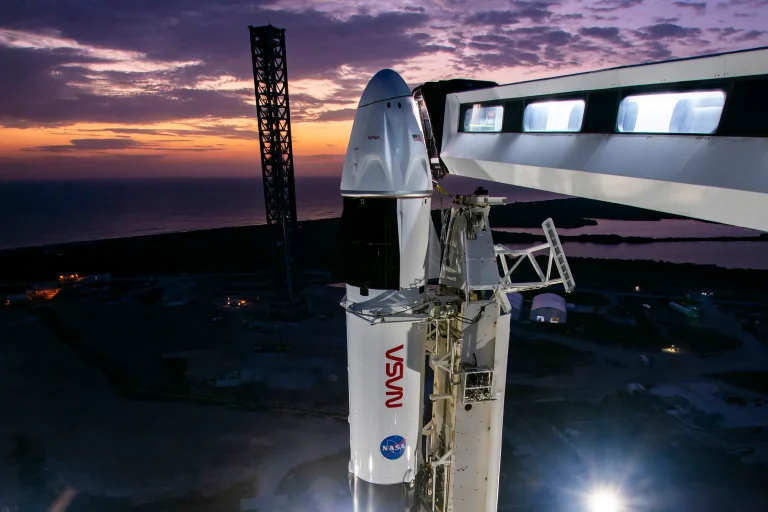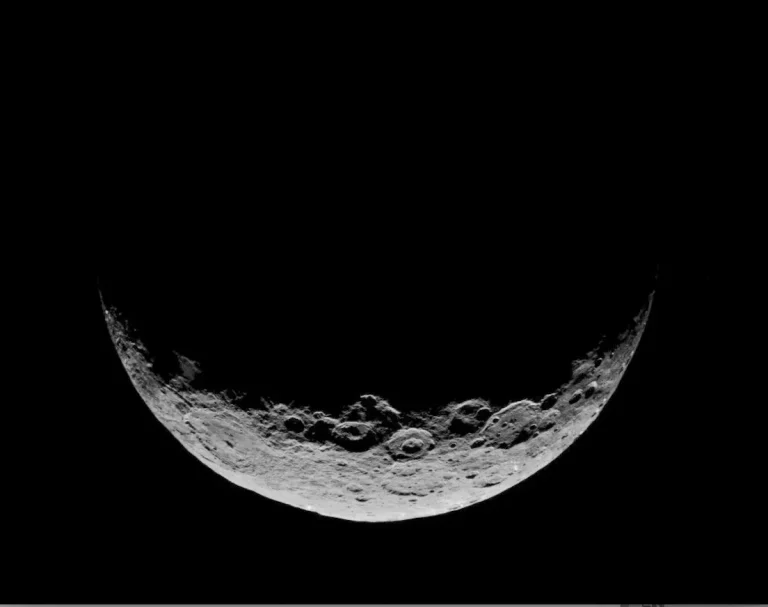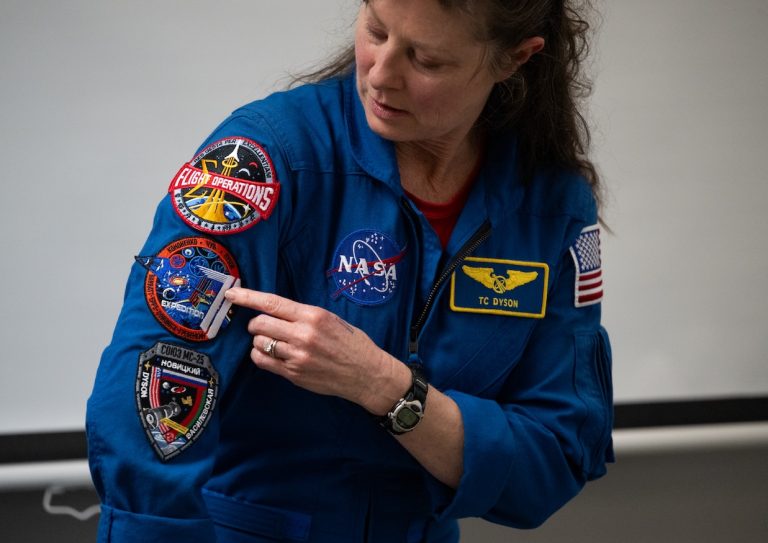Like a wisp of electric green smoke, the aurora australis seemingly intersects with the Earth’s airglow as the International Space Station orbited above the Indian Ocean halfway between Australia and Antarctica.
Ever-shifting displays of colored ribbons, curtains, rays, and spots, auroras are most visible near the North (aurora borealis) and South (aurora australis) Poles as charged particles (ions) streaming from the Sun (the solar wind) interact with Earth’s magnetic field.
Auroras happen when ions in the solar wind collide with atoms of oxygen and nitrogen in the upper atmosphere. The atoms are excited by these collisions, and they typically emit light as they return to their original energy level. The light creates the aurora that we see. The most commonly observed color of aurora is green.
Image Credit: NASA
当国际空间站环绕在澳大利亚和南极洲中间的印度洋上空时,南极光就像一缕绿色的电烟,似乎与地球的大气辉光相交。
当来自太阳(太阳风)的带电粒子(离子)与地球磁场相互作用时,像彩色色带、窗帘、光线和斑点的极光在北极(北极光)和南极(南极光)附近最明显。
当太阳风中的离子与高层大气中的氧和氮原子发生碰撞时,就会产生极光。原子因这些碰撞而激发,并且通常会在返回原始能级时发光。光线创造出我们所看到的极光。 极光中最常见的颜色是绿色。
图片来源:NASA







